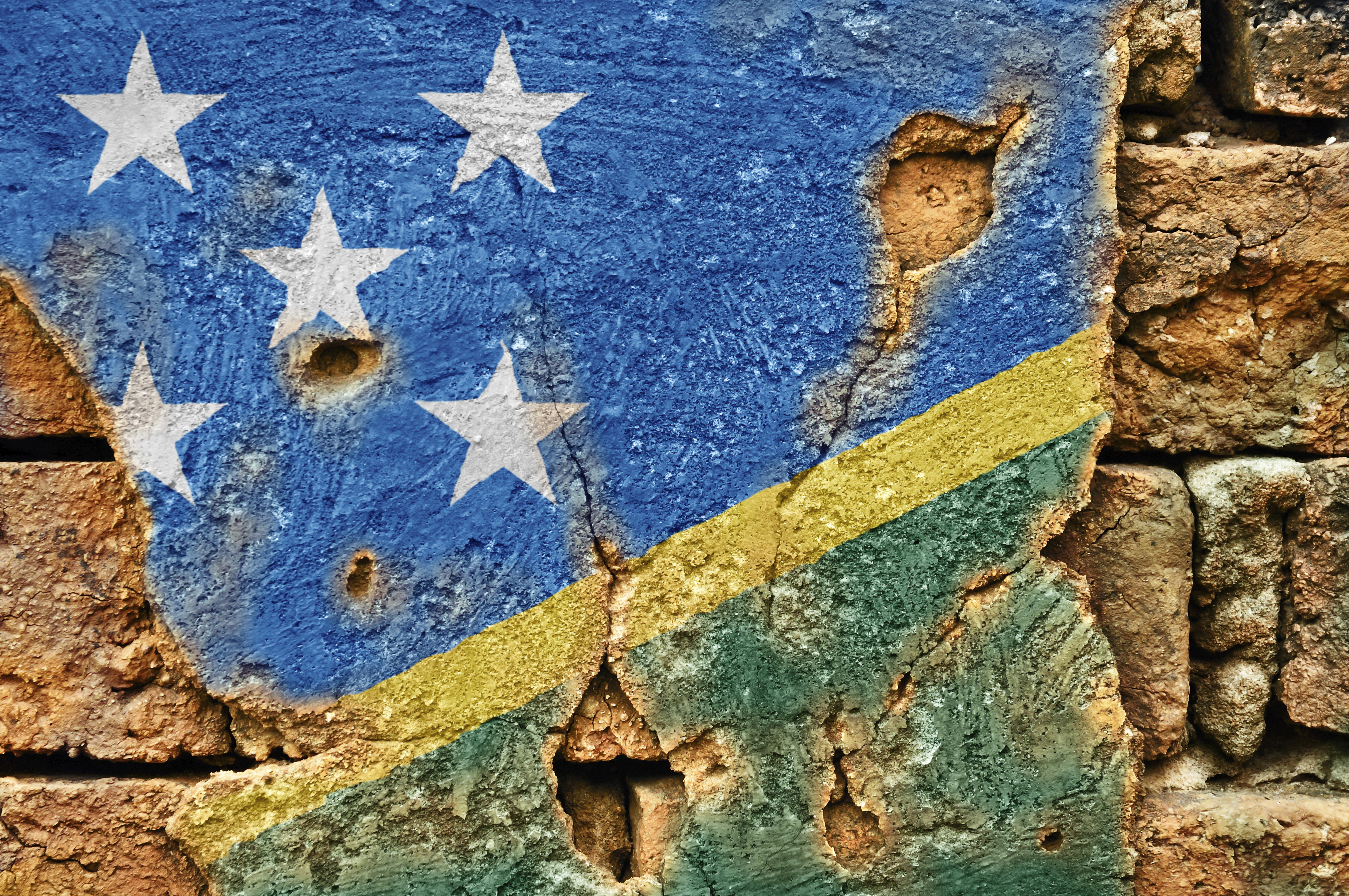About country
 |
 |
A scattered archipelago of about 1,000 mountainous islands and low-lying coral atolls, the Solomon Islands lie east of Papua New Guinea and northeast of Australia in the south Pacific. The islands include Guadalcanal, Malaita, Santa Isabel, San Cristóbal, Choiseul, New Georgia, and the Santa Cruz group.
It is thought that people have lived in the Solomon Islands since at least 2000 B.C. Explored in 1568 by Alvaro de Mendana of Spain, the Solomons were not visited again for about 200 years. In 1886, Great Britain and Germany divided the islands between them, but later Britain was given control of the entire territory. The Japanese invaded the islands in World War II, and they were the scene of some of the bloodiest battles in the Pacific theater, most famously the battle of Guadalcanal. The British gained control of the island again in 1945. In 1976 the islands became self-governing and gained independence in 1978.
 |
English is the official language of the Solomons, but Pijin is spoken by about half the population. In the early 1900s, copra plantations were established. The labourers employed there had also worked in Queensland where they had used pidgin English. The local variety stabilised early and several religious missions adopted it for use. About 95% of the population in the Solomon Islands is Christian. The principal religions are Church of Melanesia (Anglican) 25%; Roman Catholic 19%; South Seas Evangelical 17%; United Church (Methodist) 11%; and Seventh Day Adventist 10%. More recently, new religions have made an impact, notably the Bahai’s faith, Jehovah’s Witness, Assemblies of God and Baptist.
 |
 |
Today the number of local languages listed for the Solomon Islands is 74, of which 70 are living languages and 4 are extinct – the number of listed languages is constantly increasing.